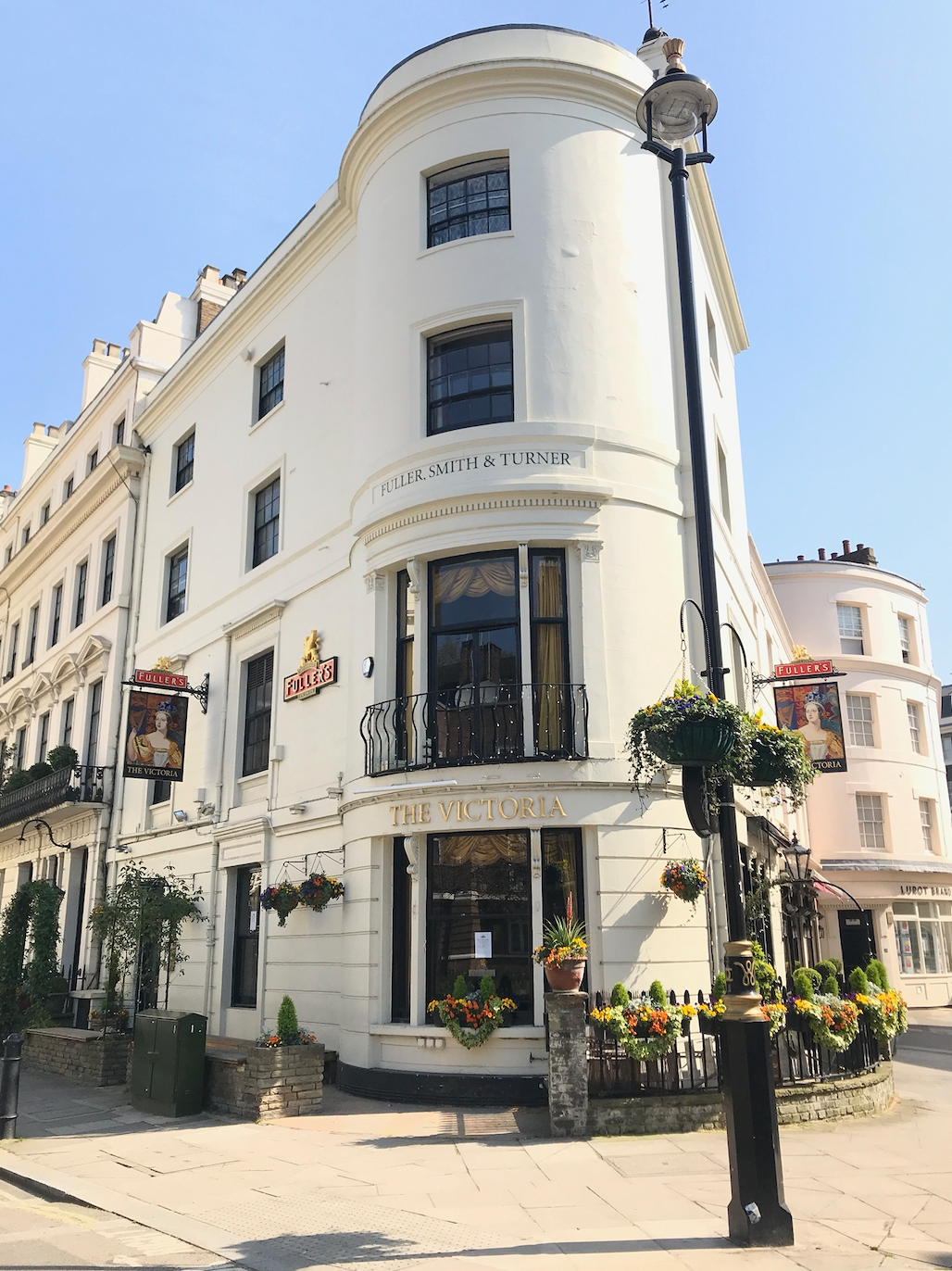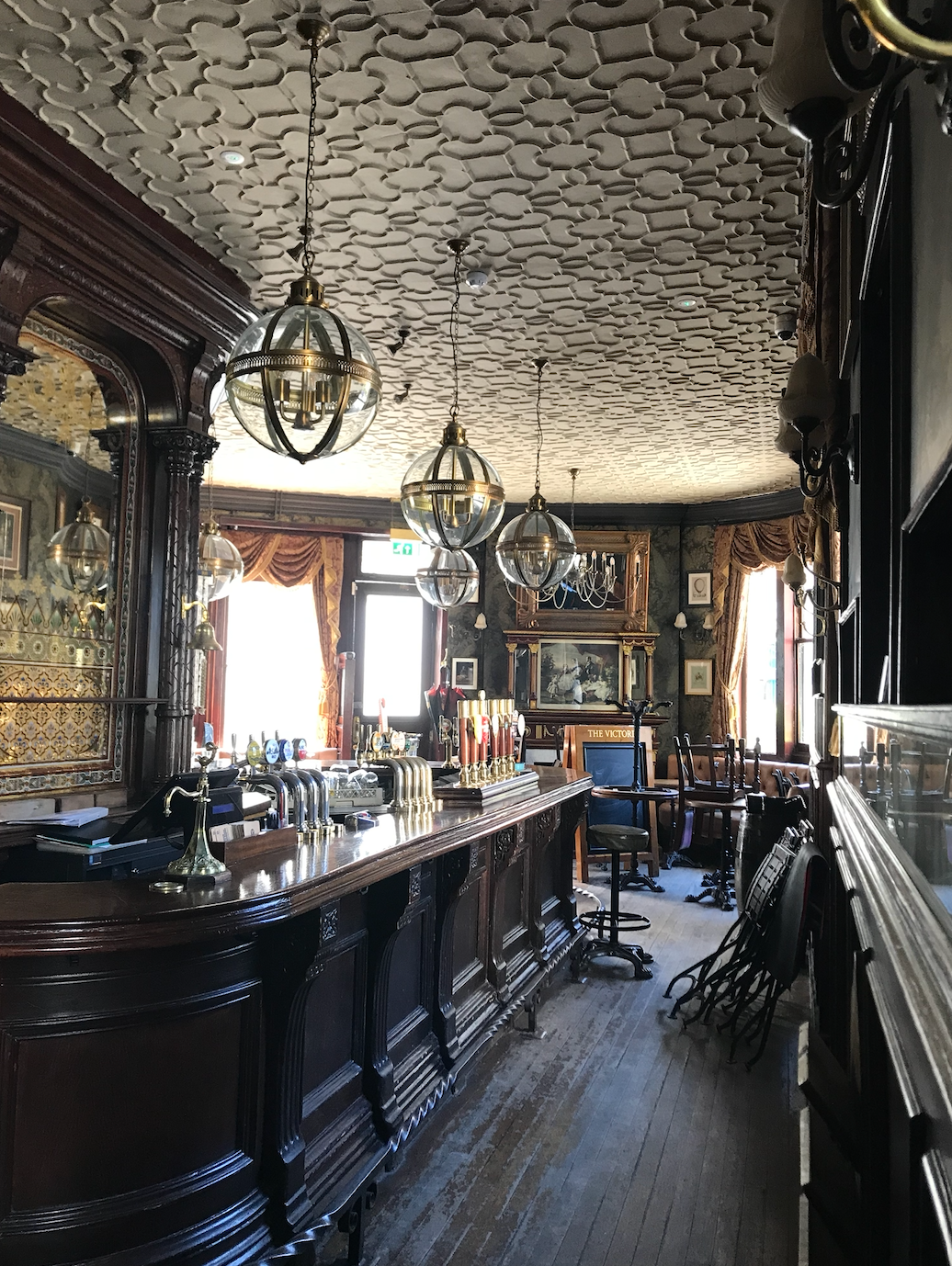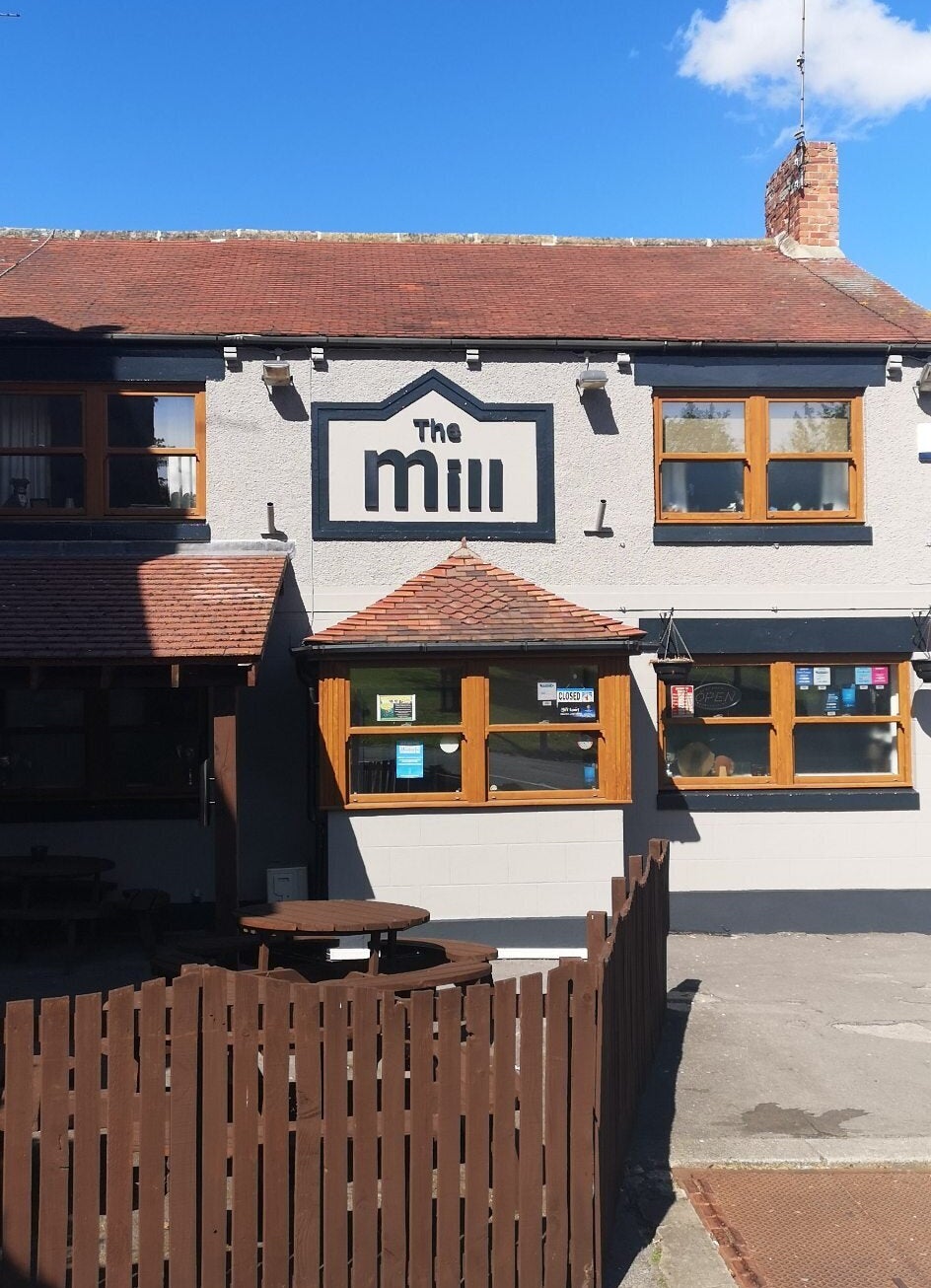Get the latest on coronavirus. Sign up to the Daily Brief for news, explainers, how-tos, opinion and more.
It’s 7.30pm on a Thursday night and you’ve just wrapped up for work. Time for a quick drink before heading home.
You patiently take your place in the queue – it’s only about 15 people this evening – shorter than you’ve seen it in a long time. Regardless, you take out your phone and try to get ahead by sending a few emails ahead of tomorrow’s meetings.
You eventually make it inside, but it’s almost 8.30pm. Because it’s such a small venue and because of the government’s two metre social distancing guidelines, you head in single file up the stairs to take your seat in the corner of the bar, with your back to the wall.
You signal to the barman for a drink and realise you’d better join the toilet queue while you’re at it – so you raise your hand to the staff member who is managing the toilets. There are only two in the building and they must be thoroughly disinfected after each use. Because the corridors are so narrow, ensuring customers do not bump into each other entails a complex, chess-like system that must be arranged via a walkie-talkie with the door staff downstairs. Going to the toilet has just added another 30 minutes to your evening.
This could be the reality for some pubs and their customers if venues reopen in July under the government’s two metre social distancing rule as the nation emerges from a lockdown imposed to stem the coronavirus pandemic that to date has killed more than 44,000 people in the UK.
And it very likely will be the reality for customers and staff at The Victoria, in Paddington. A historic, corner pub run by Helen Wilson for 19 years, it has twice been recognised as pub of the year and its 180-year-old building is steeped in history.

As part of a staggered easing of the lockdown, the UK’s 47,000 pubs are set to reopen on July 4 after being shut since March, offering a glimmer of hope to the industry. But opening with the current social distancing measures would mean both customers and staff would all have to stay two metres apart in the premises.
Brewery chiefs and industry heads alike have expressed grave concerns that many pubs will go bankrupt under these rules and are instead proposing that the UK follows the World Health Organisation’s (WHO) advice of imposing a one metre distance instead. However, after conducting a review, the Scientific Advisory Group for Emergencies (Sage) has advised ministers that the two-metre rule should stay.
For Wilson and her team, the rules would mean that The Victoria would reduce capacity from 150, including its outside patio space, to 23 people.

She told HuffPost UK: “There would be no vertical drinking at the bar as that wouldn’t allow the staff to distance from customers, and then people would have to literally sit with their backs against the wall in all four corners of that particular room and not move, and the same with the upstairs dining rooms. They’d have to literally stay in the corners.
“Is it viable? No not at all. There are really quite tight margins in this industry. We’d have to have extra staff in to police the situation.
“Our biggest concern is that we’re quite close to Hyde Park, that’s a very out of control number of people on hot days and at weekends. Unlike a restaurant where you can manage the number of people coming through bookings, one of the delights of going to the pub is that you turn up whenever you want and if there’s space you go in.
“We don’t really have a queuing culture in a pub. We’d have to be like school headmistresses at the door or policemen trying to stop people coming in, which just goes totally against what this industry is.

“We’re in it because we are people people, we love making great experiences for people and telling people that they can’t come in, that they’ve only got a certain amount of time or that they’ve got to sit in a corner is just the absolute opposite of what we do.”
Emma McClarkin, Chief Executive of the British Beer & Pub Association, said: “Re-opening in July will be great for those pubs who can meet the social-distancing measures required.
“However, it must be recognised that no two pubs are the same and for many, ensuring a distance of two metres will be impossible, keeping them closed for much longer. Actioning advice from the WHO for example to use one metre for social distancing from July would enable many more pubs to viably reopen and serve their communities again. We stand ready to work with the government to help pubs re-open in a safe and financially viable way as soon as possible.”
Wilson, who manages The Victoria for Fullers, said: “With one metre it’s still going to be very challenging in a pub like ours but it would make it more financially viable. We’ve obviously got concerns about keeping our staff – they’re family really. The thought of having to let people go because of this is a huge part of the concern for us.”
On top of the customer experience, managing how the kitchen teams can socially distance safely, deliver food to tables and how to deep clean used glasses and crockery will be “a minefield.”
She added: “If it has to be two metres, realistically it probably won’t work. If the government stops the furlough scheme it will be down to Fullers and their financial management.
“In terms of the customers, I can’t see why anybody in their right mind would want to come to a pub and sit on their own in the corner, waiting for instructions with someone facing them wearing a mask. It totally takes away what a pub’s all about. And when you’ve had a couple of drinks to relax, it’s going to be very hard to enforce.”
Les Scott, has run The Mill House in County Durham on behalf of a private owner for the past six years. His capacity is usually between 80 to 100 people, but would dwindle to around 35 under the two metre rule.

Scott has painstakingly worked out how and where he would put everyone, but as he points out: “That works when everyone is sober as a judge, but two hours later, after a football match, it alters people’s attitudes and mannerisms and patience. You can have the nicest man on the planet, you give him four or five drinks, and he’s a different man altogether isn’t he?
“I’m not a schoolteacher but I run a very tight ship in my pub, but I can’t watch everybody all the time, though, can I?”
Paying the bills and respecting customer loyalty are also concerning him. He said: “As soon as you open the doors, all your amenity bills will go up. If you have your lights on in the pub, whether there’s 20 people in, you still use the same lighting as if there’s one person in.
“My Sky subscription is nearly £300 a month. I’m paying zero now but as soon as I open my door and I tell them I am open, my bills will start clicking from that moment.
“Also, I have regulars coming in week in and week out, and my pub survives on those regulars. Who gets to come in and who doesn’t? If you and your partner come along and you’ve been coming every Saturday night for five years and I’ve already got 35 people in and I say: ‘Very sorry but you can’t come in,’ are they going to come back?
“It’ll be very, very hard to sustain the business.”
Shepherd Neame chief executive Jonathan Neame is in agreement with McClarkin and believes that those pubs which can’t observe the two metre rule won’t open at all.

He said: “They won’t open until you’ve got one metre or no distancing at all and some may never reopen so that’s the bottom line here, everybody recognises there’s going to be great consumer concern and therefore the government, supported by the science, has got to nudge people in the direction of normalisation.
“Are we never going to shake hands again? Are we never going to hug and kiss again? It’s absurd to think that we’re not.
“Also, the government can’t control every risk in every nook and cranny of life. There has to be a tipping point where personal risk and personal responsibility come into play here. Our job as service providers is to manage this risk as we would manage any other risk – trip hazards and so on.
“Admittedly this is a very heightened risk and therefore the bar is high, but so long as we’ve carried out appropriate risk assessments, consulted with our staff, communicated with our customers, it’s down to the customer to exercise personal choice as to whether they feel safe entering that particular environment.”
It is estimated that the two metre restriction could reduce pub capacities by 70% – meaning venues would be fighting to keep their businesses viable at just 30% of trade.
Neame added: “Almost no business is viable at the level because you’ve got a whole load of fixed costs, property costs and energy costs and so on before you bring any staff back, so it’s not viable and businesses – for all the support the government has given, need to have the opportunity to build their revenues up again.”
There are differing views on how much difference the additional one metre makes and other countries, such as Germany, have a 1.5 metre rule instead.
Professor Robert Dingwall, a member of the government’s New and Emerging Respiratory Virus Threats Advisory Group (Nervtag), argued that “the evidence for a greater distance than one metre has always been very fragile”.
Speaking on BBC Radio 4’s Today programme on Thursday, he said: “The World Health Organisation recommends a one metre distance, Denmark has adopted it since the beginning of last week and if you probe around the recommended distances in Europe, you actually find quite a lot of other countries have gone for this.”
But Professor Paul Hunter of the University of East Anglia said “to say the evidence is strong one way or the other is actually misleading”.
“There are a lot of people at the moment, aerobiologists, actually saying well actually two metres isn’t enough,” he said.
Only time will tell how this will play out for the UK’s drinking dens.
